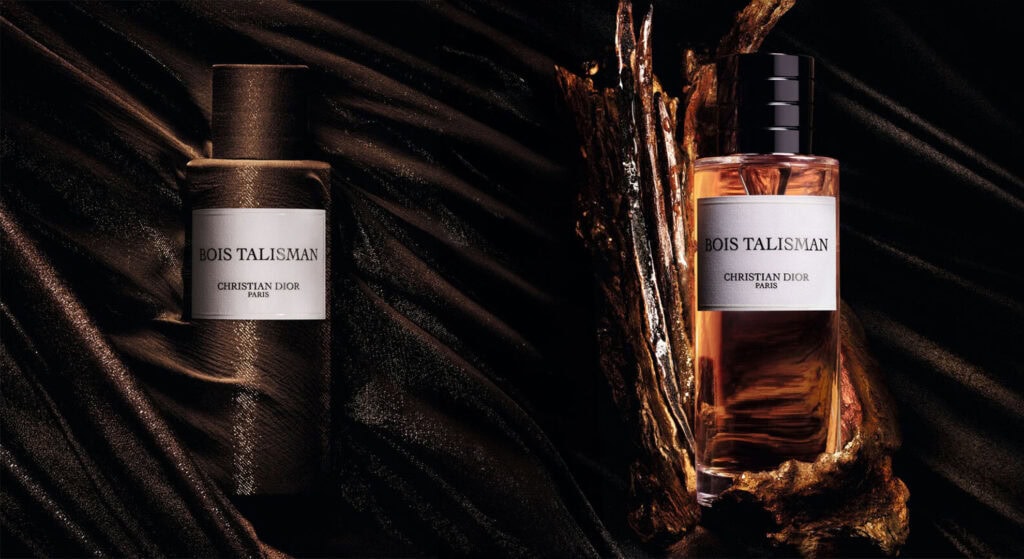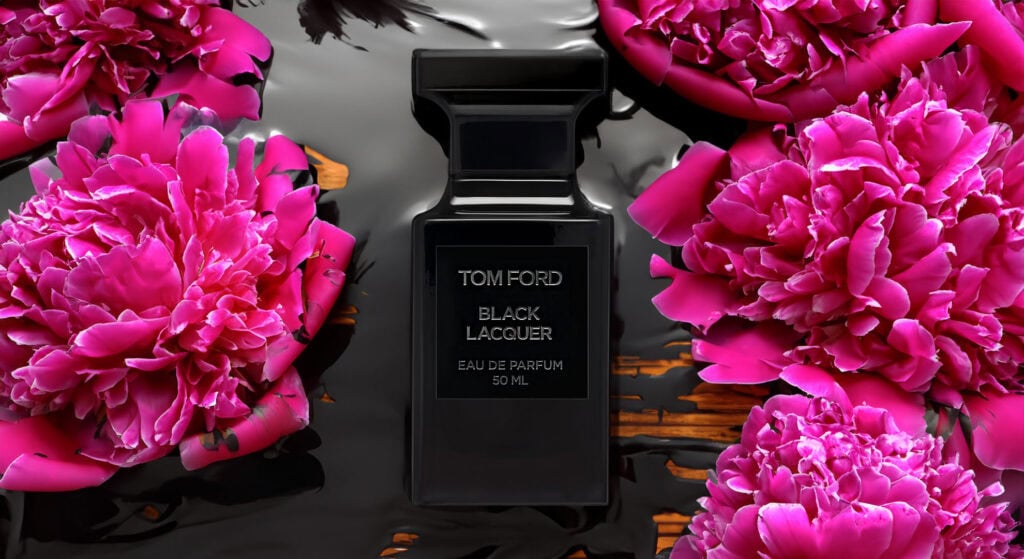Smoke: The Element of Depth and Mystery in Perfumery
Smoke adds an unmistakable sense of intrigue to perfumes, conjuring images of smoldering embers, burning wood, and aromatic resins. Its presence in fragrance compositions evokes warmth, intensity, and an air of the untamed. The character of smoke in perfumery can range from delicate and wispy to bold and ashen, offering versatility in crafting scents that leave a lasting impression.
The Source of Smoke in Fragrance Creation
Smoke in perfumes is often recreated using natural extracts and synthetic accords that capture its essence. Key sources include woods, resins, and spices that release distinctive aromas when burned.
- Birch Tar: Extracted through the slow pyrolysis of birch bark, this material has a rich, smoky scent with leathery undertones. It lends perfumes a dry, slightly resinous character with a hint of charred earth.
- Guaiac Wood: Known for its soft, smoky aroma, guaiac wood oil is steam-distilled from the heartwood of the tree. Its scent carries subtle hints of sweetness and warmth, often used to round out woody compositions.
- Frankincense and Myrrh: When burned, these resins release an ethereal smoke that is both resinous and slightly metallic. Their aromatic profile has been used in ritualistic practices for centuries, making them a powerful element in incense-inspired perfumes.
- Lapsang Souchong Tea: This smoked black tea brings a unique, aromatic smokiness to perfumes. Its scent is dry, savory, and complex, with a recognizable depth that complements both woody and spicy notes.
Scent Profile of Smoke
The olfactory impression of smoke varies depending on its source and how it is used in a composition. Smoke can create a spectrum of sensory experiences:
- Dry and Woody: Notes of charred wood, ash, and cedar embers.
- Resinous and Sweet: Warmth layered with balsamic sweetness, as found in burning resins.
- Spiced and Aromatic: Hints of burnt clove, cinnamon, or dried herbs.
- Earthy and Leathery: Accents of dry leather and scorched earth.
Blending Smoke in Fragrances
Smoke is often used to add dimension and contrast to a fragrance, grounding lighter notes or enhancing warm, rich bases.
- Woody and Leather Scents: Smoke enhances compositions built around vetiver, cedar, and leather, intensifying their dry, rugged appeal.
- Oriental and Incense-Based Perfumes: It enriches blends containing labdanum, amber, and benzoin, deepening their warmth and creating an aura of timeless ritual.
- Gourmand Accords: When paired with vanilla, cacao, or tonka bean, smoke introduces a savory contrast, balancing the sweetness and adding a distinctive edge.
- Fresh and Green Compositions: Used sparingly, smoke can ground herbal notes like sage or rosemary, adding complexity to fresh, aromatic fragrances.
Notable Fragrances Featuring Smoke
Several iconic perfumes highlight the use of smoke to create bold and memorable compositions.
- Comme des Garçons Incense Series: This collection showcases the raw, meditative aspects of smoke, using notes like frankincense, myrrh, and cedar to evoke sacred spaces.
- Maison Margiela Replica By the Fireplace: Smoke plays a central role, blending with roasted chestnut, vanilla, and clove to capture the warmth of a crackling fire.
- Serge Lutens Chergui: Here, smoky tobacco leaves and incense create a layered and enveloping scent, rich with sweetness and spice.
- D.S. & Durga Burning Barbershop: Notes of burnt lavender, pine tar, and vanilla create a smoky reinterpretation of classic barbershop fougères.
The Role of Smoke in Perfumery
Smoke transforms compositions by introducing texture and depth. It brings contrast to sweetness, warmth to dry compositions, and complexity to linear notes. In perfumes designed to evoke memory or place, smoke adds a sensory weight that lingers, evoking imagery of burning wood, incense-filled air, and glowing embers. Through its distinct presence, it enhances fragrances with a sense of timelessness and raw elegance, inviting the wearer into a world shaped by fire and aroma.
Love this fragrance? Share your thoughts! Your vote helps other perfume lovers discover new favorites. Rate it now and make your mark!
Click on a star to rate it!
Average rating 0 / 5. Vote count: 0
No votes so far! Be the first to rate this post.

